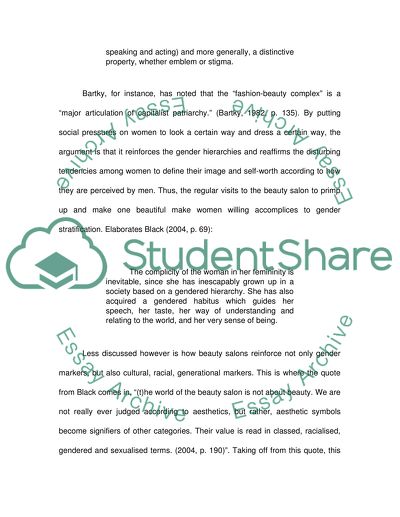Cite this document
(“The World of the Beauty Salon Essay Example | Topics and Well Written Essays - 2750 words”, n.d.)
Retrieved from https://studentshare.org/sociology/1393607-the-world-of-the-beauty-salon-is-not-about-beauty
Retrieved from https://studentshare.org/sociology/1393607-the-world-of-the-beauty-salon-is-not-about-beauty
(The World of the Beauty Salon Essay Example | Topics and Well Written Essays - 2750 Words)
https://studentshare.org/sociology/1393607-the-world-of-the-beauty-salon-is-not-about-beauty.
https://studentshare.org/sociology/1393607-the-world-of-the-beauty-salon-is-not-about-beauty.
“The World of the Beauty Salon Essay Example | Topics and Well Written Essays - 2750 Words”, n.d. https://studentshare.org/sociology/1393607-the-world-of-the-beauty-salon-is-not-about-beauty.


